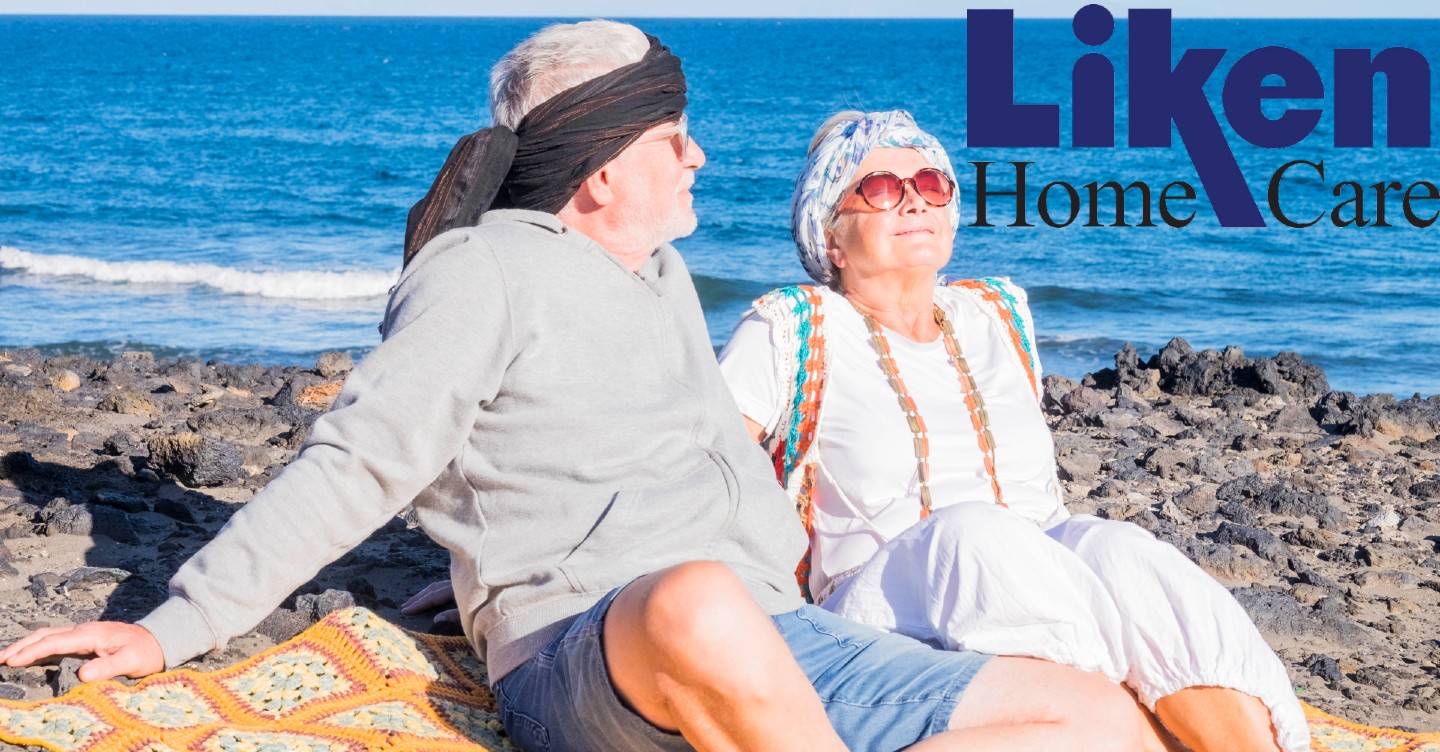Seniors and UV Prevention

As the calendar turns to spring and summer and days get longer, people are ready to get outside and enjoy the warmer weather. While it’s great to want to get outside in the sun, it’s important to also take health and safety into consideration. This is especially true of seniors, who may have a higher risk of health issues due to prolonged exposure to the sun. The good news is that there are numerous steps you can take to provide older people with the protection they need. Here are some sun prevention tips to consider.
Understanding UV Rays
Typically, there are three kinds of UV rays that are released by the sun: UVA, UVB, and UVC. The earth’s ozone layer absorbs all UVC rays, but a majority of UVB rays. With extended exposure, UVB can lead to visible effects such as sunburns, wrinkles, brown spots, and even skin cancer. UVA rays, however, are the most harmful emitted by the sun. They can seep through some glass, meaning they can cause similar effects as UVB rays, but without the skin feeling warm or burning.
The Role of Sunscreen
As mentioned above, the rays from the sun can wreak havoc on your skin, and even more so for older people. Fortunately, one of the easiest ways to protect yourself is relatively inexpensive. There is a wide selection of sunscreens and sun prevention creams available. Ideally, you want to look for one that offers protection from both UVA and UVB rays and has a sun protection factor (SPF) of 30 or above. Once selected, it should be applied on a regular basis at your discretion and needs, though experts recommend applying every two hours.
Dress for the Weather
If a senior you know is easily susceptible to skin damage from the sun, you want to make sure they are properly covered up. Experts suggest doing this by wearing items that protect skin as much as possible. This doesn’t necessarily mean wearing large, bulky clothes; using apparel that is light-colored and lightweight will offer the right level of protection and help keep you cool and comfortable. A wide-brimmed hat is also suggested as it can protect the scalp and keep sunlight from directly getting into your eyes.
See Your Dermatologist
There are certain skin cancers that are found almost exclusively in older adults, including basal cell carcinoma (BCC) and squamous cell carcinoma (SCC). In addition, malignant melanoma is 10 times more common in older adults. This makes it important to set up regular appointments with a dermatologist if you are susceptible to skin damage as a result of sun exposure. You also want to make sure you monitor seniors for any new moles or spots if they appear, and schedule an appointment after noticing.
While UV rays and excessive sun exposure can cause harm to older citizens, knowing how best to protect them from these factors can prevent significant health issues. The tips for doing so can be used year-round for complete protection.
